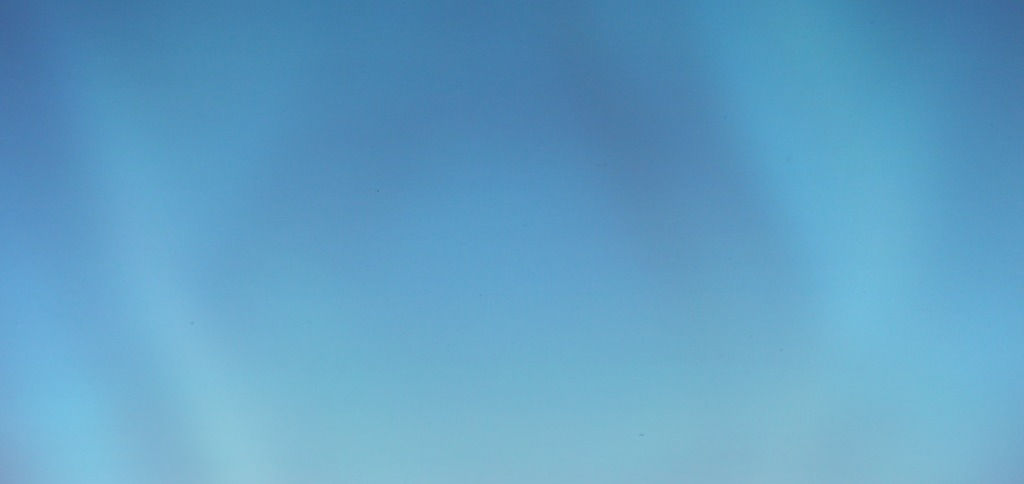By Anna Khan
Edward Jenner was born in Gloucestershire, UK in 1749. He was the son of the vicar of Berkeley, but he went to live with his older brother in Berkeley when his parents died. He was an apprentice at an apothecary when he was 13. At 21 he moved to London and took an apprenticeship at St. George’s Hospital. He became an associate of Captain James Cook, who is a well known explorer who mapped out the east coast of Australia for the British Empire. He returned to London with wildlife that Jenner was responsible for classifying. After the death of his mentor, John Hunter, Jenner continued his research on Cuckoo birds and was in fact the first to observe their unique method of laying eggs in other birds nests to get other birds to feed and care for their young, often at the expense of the other birds' other chicks. He returned to Berkeley to be a doctor for his local community, and to study birds and hedgehogs for fun.
It was thought amongst his community in Berkeley that Dairymaids were less susceptible to Smallpox due to their exposure to Cowpox. Jenner, after studying cowpox in London, began to study the concept after moving back home. There, he theorized that one could give a person cowpox intentionally to protect them from later cases of smallpox. He tested this theory on an eight year old boy named James Phipps by exposing him to the infection lesions of Sarah Nelms, a dairymaid who had recently fallen ill with cowpox. After recovering from cowpox, Jenner then exposed Phipps to the lesion matter from a patient with smallpox. Phipps had no reaction, and this confirmed the theory of vaccinations.
It took many years for his invention to be respected after the Royal Society initially rejected it. Henry Cline, a surgeon in London, agreed to take the vaccine and after finding it worked himself began to recommend it to patients as well. The same followed with his other associates and so Jenner's vaccine spread through word of mouth instead of through as a national breakthrough. By the nineteenth century most European countries had accepted the idea of the vaccine and it had become commonplace, however it was in short supply. Jenner sent some of his vaccine to Benjamin Waterhouse at Harvard in the United States, and through him introduced it to Thomas Jefferson. Jefferson then set up the National Vaccine Institute to help the entirety of the United States stamp out Smallpox.
For his work, Jenner received honors from Parliament and a large some of money to continue practicing medicine. He got married in 1788 and had four children. He continued to work as a doctor and attend to his patients until he died of a stroke in 1823. Dr. Edward Jenner can be credited with the scientific confirmation and distribution of the Vaccine, saving millions of lives and leading to developments of other vaccines that protected people from other illnesses. He was well respected by his community and was known for being a hardworking and dedicated caretaker of his patients.
Works Cited
Chandler, Gemma. “European Explorers: The Adventures of Captain Cook!” National
Geographic Kids, 20 Oct. 2017, www.natgeokids.com/uk/discover/history/general-
history/captain-cook/#:~:text=Captain%20Cook%20is%20considered%20one.
Riedel, Stefan. “Edward Jenner and the History of Smallpox and Vaccination.” Proceedings
(Baylor University. Medical Center), vol. 18, no. 1, 1 Jan. 2005, pp.25,www.ncbi
21–.nlm.nih.gov/pmc/articles/PMC1200696/#:~:text=Edward%20Jenner%
20was%20born%20on.
The Jenner Institute. “About Edward Jenner — the Jenner Institute.” Www.jenner.ac.uk,
2021, www.jenner.ac.uk/about/edward-jenner.


Comments